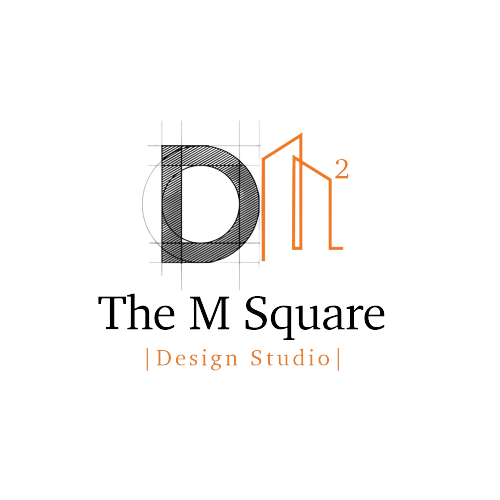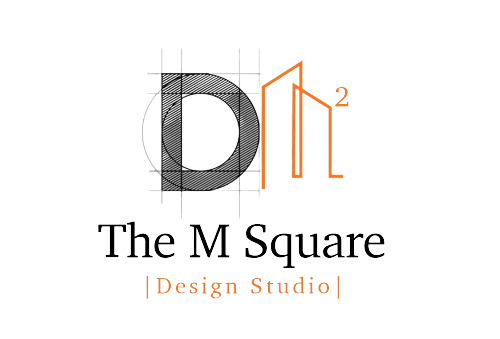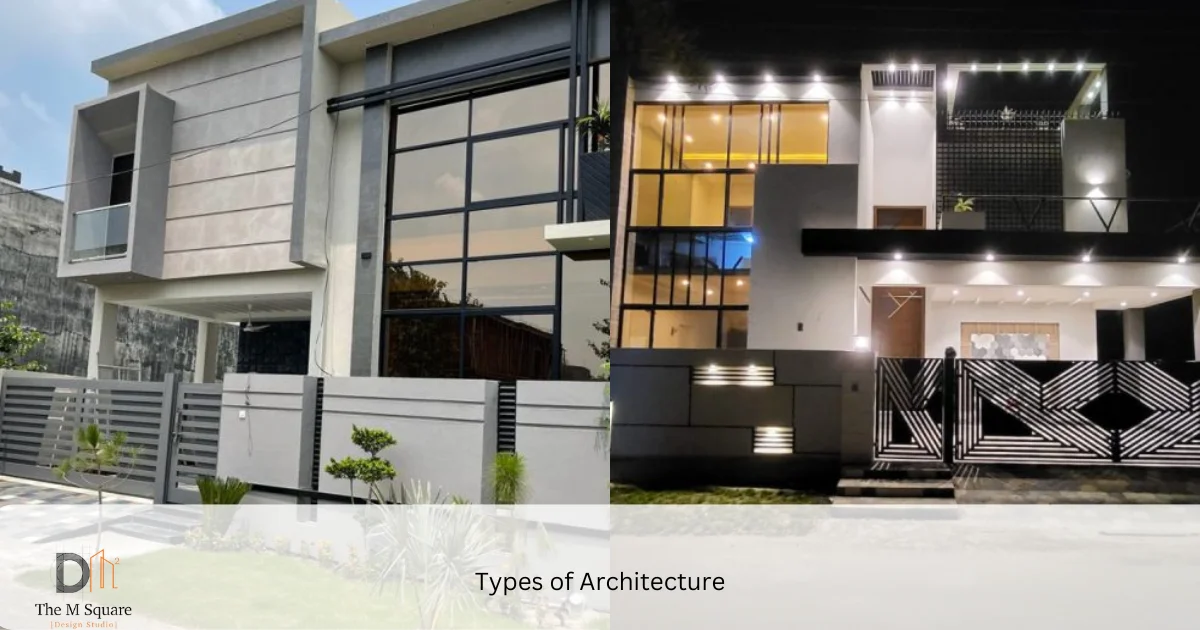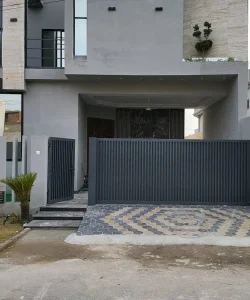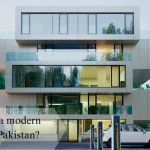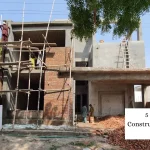From Classical to Modern: Understanding the Types of Architecture
Architecture is more than just constructing buildings, it’s a form of art that shapes our surroundings and reflects the culture, technology, and values of a time or place. When we think about the types of architecture, we realize that each structure, from historic landmarks to modern skyscrapers, tells a unique story. Whether you’re exploring ancient ruins or admiring a sleek modern building in your city, understanding the different architectural styles deepens our appreciation of the world around us. In this article, we’ll explore the most prominent types of architecture and how architectural design continues to influence urban landscapes, including the thriving city of Lahore.
Table of Contents
ToggleWhat is Architecture?
The term Architecture refers to the process and the result of planning, designing, and constructing buildings or structures. Over centuries, architecture has evolved, reflecting societal changes, technological advancements, and aesthetic preferences. While architectural design can vary widely between regions and periods, one thing remains constant: the crucial role of the architect. From ancient times to the present day, architects have shaped our cities by blending function with beauty. In Lahore, like many other places, local architects are constantly redefining traditional and contemporary spaces, creating a diverse architectural landscape.
Popular Types of Architecture
Classical Architecture
Classical architecture originates from ancient Greece and Rome, known for its grandeur and symmetry. This style focuses on proportion, balance, and the use of columns, pediments, and domes. Famous examples include the Parthenon in Athens and the Colosseum in Rome. The principles of classical architecture influenced later movements like Renaissance and Neoclassical, emphasizing harmonious design. Though its origins date back thousands of years, this type of architecture continues to inspire modern architects worldwide.
Renaissance Architecture
Renaissance architecture, which flourished in the 15th century, sought to revive the classical elements of ancient Greece and Rome, focusing on symmetry, proportion, and geometry. This style marked a return to elegant simplicity and balance after the ornate Gothic era. Famous examples include St. Peter’s Basilica in Vatican City. Today, Renaissance architecture can be seen in many government and institutional buildings, showcasing its lasting influence.
Modern Architecture
Modern architecture, which emerged in the early 20th century, rejects the ornamentation of earlier styles in favor of clean lines, minimalism, and functionalism. This type of architecture is marked by the use of steel, glass, and concrete, creating open spaces and maximizing light. Buildings like the Seagram Building in New York are prime examples of modern architecture. In Lahore, many new commercial and residential buildings follow these principles, contributing to the city’s evolving skyline.
Islamic Architecture
Islamic architecture is known for its intricate geometric patterns, calligraphy, and use of courtyards and domes. Originating in the 7th century, this style is strongly associated with religious buildings such as mosques, madrasas, and palaces. The architectural design of Islamic structures is meant to inspire spirituality, with landmarks like the Badshahi Mosque in Lahore showcasing the grandeur of Islamic art and architecture. Lahore itself is home to some of the finest examples of this type of architecture, blending history with beauty.
Architect in Lahore: Local Architectural Styles
Lahore, a city with a rich history, boasts a wide range of architectural styles. From Mughal-era landmarks like the Lahore Fort to modern shopping malls and residential complexes, the city reflects a blend of past and present. The architect in Lahore plays a vital role in maintaining this balance, creating designs that honor the city’s heritage while meeting the demands of contemporary urban life. Many of Lahore’s architects are now focusing on eco-friendly designs, using sustainable materials and energy-efficient systems to build a future-forward city.
Conclusion
The world of architecture is as diverse as the cultures and landscapes that inspire it. Whether it’s the symmetry of classical architecture, the grandeur of Gothic cathedrals, or the clean lines of modern designs, the types of architecture we see around us tell a story of human creativity and innovation. In Lahore, a city where tradition and modernity meet, architecture serves as a reflection of the city’s evolving identity. As we look to the future, architects will continue to shape our cities, creating spaces that not only serve practical needs but also inspire and uplift.
